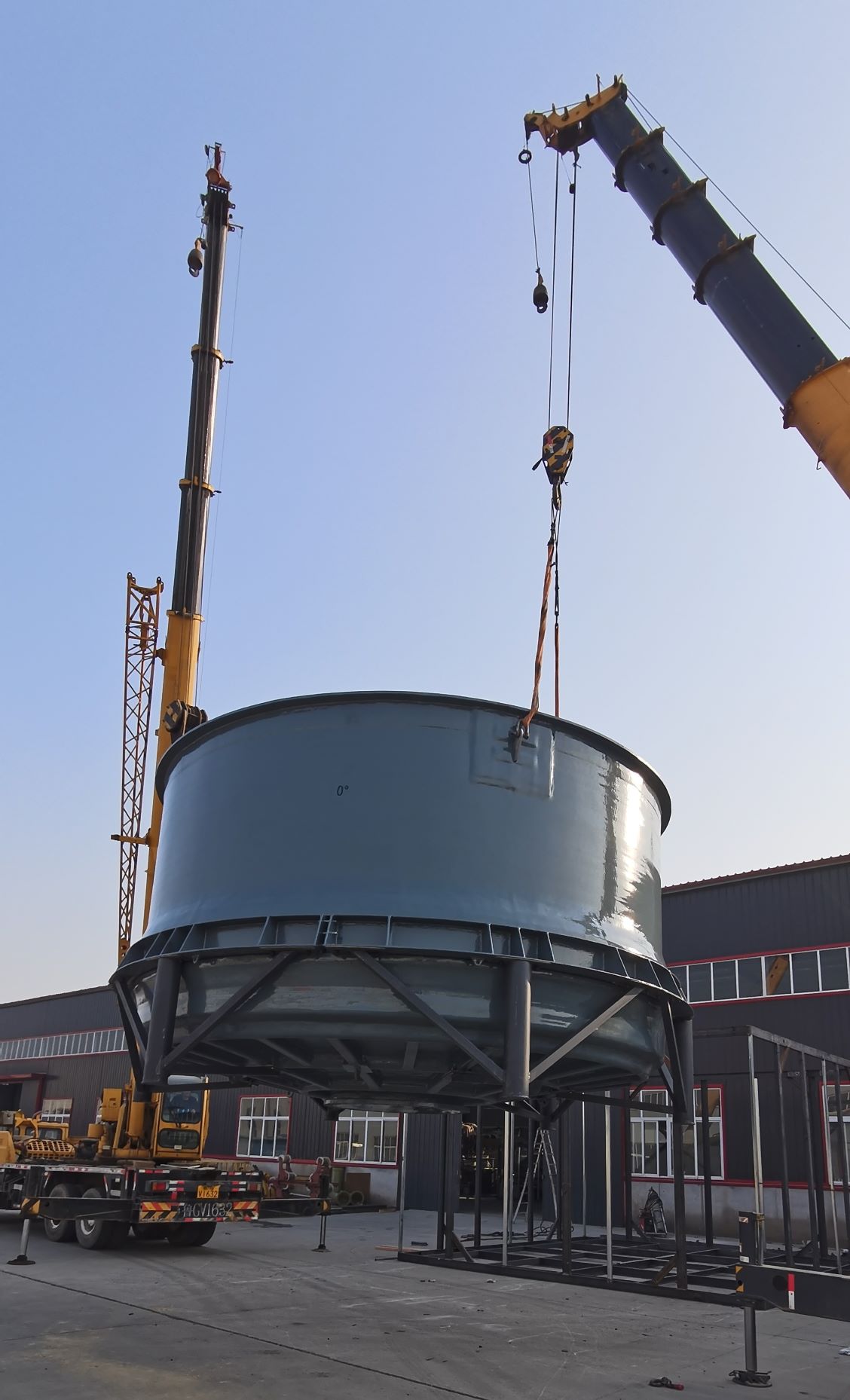
-
 Afrikaans
Afrikaans -
 Albanian
Albanian -
 Amharic
Amharic -
 Arabic
Arabic -
 Armenian
Armenian -
 Azerbaijani
Azerbaijani -
 Basque
Basque -
 Belarusian
Belarusian -
 Bengali
Bengali -
 Bosnian
Bosnian -
 Bulgarian
Bulgarian -
 Catalan
Catalan -
 Cebuano
Cebuano -
 China
China -
 China (Taiwan)
China (Taiwan) -
 Corsican
Corsican -
 Croatian
Croatian -
 Czech
Czech -
 Danish
Danish -
 Dutch
Dutch -
 English
English -
 Esperanto
Esperanto -
 Estonian
Estonian -
 Finnish
Finnish -
 French
French -
 Frisian
Frisian -
 Galician
Galician -
 Georgian
Georgian -
 German
German -
 Greek
Greek -
 Gujarati
Gujarati -
 Haitian Creole
Haitian Creole -
 hausa
hausa -
 hawaiian
hawaiian -
 Hebrew
Hebrew -
 Hindi
Hindi -
 Miao
Miao -
 Hungarian
Hungarian -
 Icelandic
Icelandic -
 igbo
igbo -
 Indonesian
Indonesian -
 irish
irish -
 Italian
Italian -
 Japanese
Japanese -
 Javanese
Javanese -
 Kannada
Kannada -
 kazakh
kazakh -
 Khmer
Khmer -
 Rwandese
Rwandese -
 Korean
Korean -
 Kurdish
Kurdish -
 Kyrgyz
Kyrgyz -
 Lao
Lao -
 Latin
Latin -
 Latvian
Latvian -
 Lithuanian
Lithuanian -
 Luxembourgish
Luxembourgish -
 Macedonian
Macedonian -
 Malgashi
Malgashi -
 Malay
Malay -
 Malayalam
Malayalam -
 Maltese
Maltese -
 Maori
Maori -
 Marathi
Marathi -
 Mongolian
Mongolian -
 Myanmar
Myanmar -
 Nepali
Nepali -
 Norwegian
Norwegian -
 Norwegian
Norwegian -
 Occitan
Occitan -
 Pashto
Pashto -
 Persian
Persian -
 Polish
Polish -
 Portuguese
Portuguese -
 Punjabi
Punjabi -
 Romanian
Romanian -
 Russian
Russian -
 Samoan
Samoan -
 Scottish Gaelic
Scottish Gaelic -
 Serbian
Serbian -
 Sesotho
Sesotho -
 Shona
Shona -
 Sindhi
Sindhi -
 Sinhala
Sinhala -
 Slovak
Slovak -
 Slovenian
Slovenian -
 Somali
Somali -
 Spanish
Spanish -
 Sundanese
Sundanese -
 Swahili
Swahili -
 Swedish
Swedish -
 Tagalog
Tagalog -
 Tajik
Tajik -
 Tamil
Tamil -
 Tatar
Tatar -
 Telugu
Telugu -
 Thai
Thai -
 Turkish
Turkish -
 Turkmen
Turkmen -
 Ukrainian
Ukrainian -
 Urdu
Urdu -
 Uighur
Uighur -
 Uzbek
Uzbek -
 Vietnamese
Vietnamese -
 Welsh
Welsh -
 Bantu
Bantu -
 Yiddish
Yiddish -
 Yoruba
Yoruba -
 Zulu
Zulu
the importance of frp launder in modern water treatment
The Importance of FRP Launder in Modern Water Treatment
In the quest for sustainable water management, modern water treatment facilities have increasingly relied on advanced materials and technologies to enhance their efficiency and effectiveness. One such innovation that has gained significant attention is the use of Fiberglass Reinforced Plastic (FRP) launder systems. These systems play a crucial role in water treatment processes, offering numerous advantages that contribute to improved water quality and operational efficiency.
Understanding FRP Launders
FRP launders are channels typically used in water treatment plants to collect and convey treated water, also known as effluent, from various treatment processes, including sedimentation, filtration, and disinfection. Their construction utilizes a combination of fiberglass and plastic materials, which provide durability and resistance to harsh environmental conditions. This robust material property makes FRP launders an ideal choice for modern water treatment facilities, which often face corrosive substances and significant wear and tear.
Advantages of FRP Launders
One of the primary benefits of employing FRP launders in water treatment is their resistance to corrosion and chemical degradation. Traditional materials, such as concrete or metal, often succumb to the corrosive nature of water and chemicals used in treatment processes. Consequently, FRP materials prolong the lifespan of launder systems, reducing the need for frequent replacement and maintenance, which can be cost-prohibitive.
In addition to their durability, FRP launders are lightweight, making them easier to transport and install. This characteristic is particularly beneficial in large-scale installations where equipment mobility can significantly impact construction timelines and overall project costs. The lightweight nature of FRP also allows for the design of more complex shapes and configurations, enabling engineers to optimize water flow dynamics within treatment facilities.
Efficiency in Water Flow Management
the importance of frp launder in modern water treatment

FRP launders contribute to improved hydraulic performance within a water treatment system. Their smooth internal surfaces minimize friction losses, allowing for efficient water flow. This efficiency is critical in ensuring that treated water moves swiftly through the system, reducing pressure on pumps and minimizing energy consumption. By optimizing hydraulic performance, FRP launders help treatment plants meet regulatory standards for water quality while simultaneously lowering operational costs.
Moreover, the design versatility of FRP launders facilitates customized solutions tailored to the specific needs of a water treatment facility. Engineers can create systems that maximize water collection and minimize water loss, which is crucial in areas facing water scarcity. This adaptability is particularly significant in an era where the efficient use of resources is paramount.
Environmental Impact and Sustainability
As modern water treatment facilities increasingly prioritize sustainability, the use of FRP materials aligns neatly with these goals. Their longevity and reduced maintenance requirements contribute to a lower environmental footprint over the system’s operational lifecycle. Furthermore, the production of FRP materials can entail lower energy consumption compared to traditional materials, thereby contributing to a more sustainable production process.
The lightweight nature of FRP also means that transportation emissions are significantly reduced when these systems are shipped to treatment facilities. By minimizing the carbon footprint associated with logistics, the adoption of FRP launders can be seen as a step toward greener infrastructure in water management.
Conclusion
In conclusion, FRP launders represent a significant advancement in modern water treatment technologies. Their durability, lightweight design, efficiency in water flow management, and alignment with sustainability goals underscore their vital role in contemporary water treatment facilities. As global water challenges continue to mount, the adoption of innovative solutions, such as FRP launders, will be essential in achieving both regulatory compliance and long-term sustainability in water management practices. Understanding and integrating such advancements is not just beneficial but necessary for a sustainable future in water treatment.









